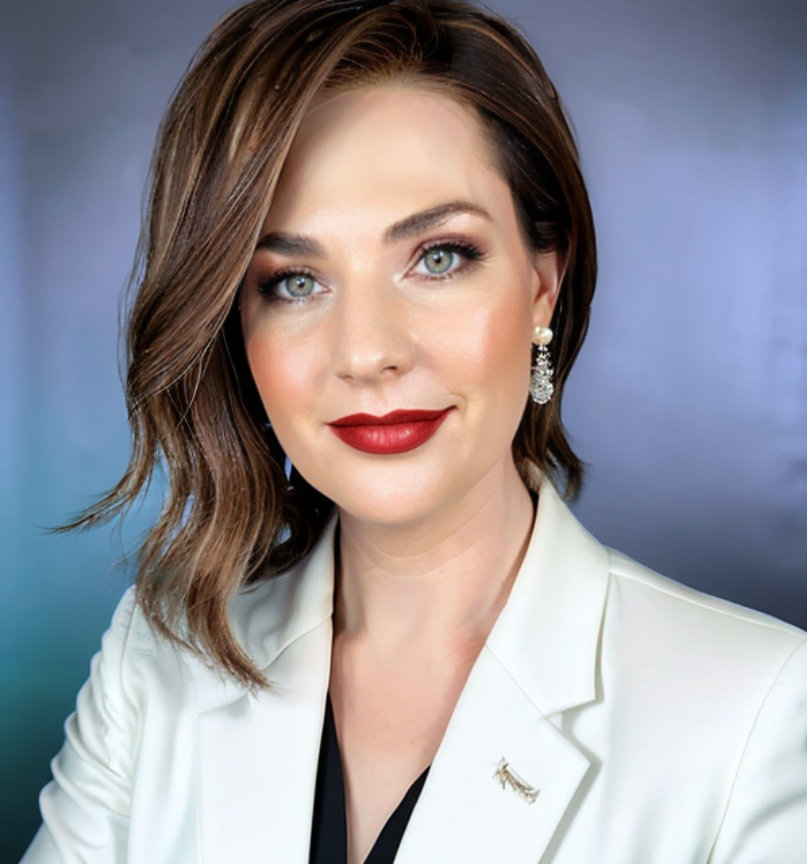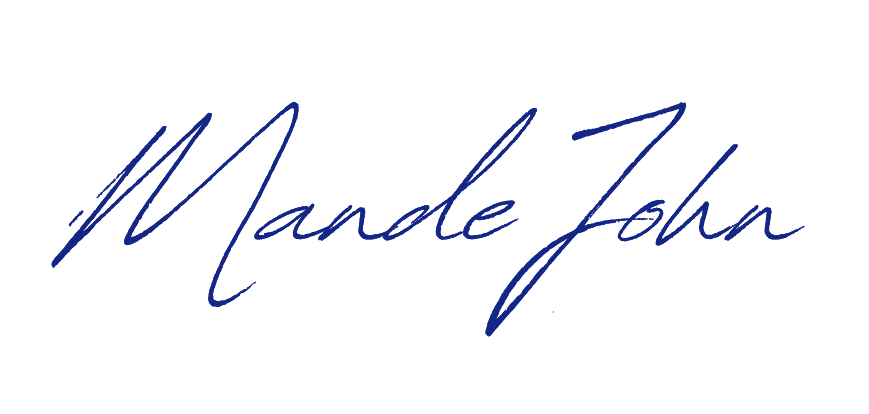For professionals with ADHD, our greatest challenge isn’t a lack of ability—it’s managing the constant flow of information, tasks, and ideas without getting overwhelmed. After 13 years of experimentation, I’ve developed a Trello-based system that serves as my “second brain,” and today, I’m sharing how you can build one too.
Why Your Brain Needs a Digital Partner
The key to productivity isn’t trying to remember everything—it’s creating systems that remember for you. As someone with ADHD, I’ve discovered that the most effective system is one that’s:
– Searchable
– Visual
– Easily accessible
– Flexible enough to evolve with your needs
The Framework: Building Your Digital Ecosystem
Here’s how I structure my digital brain using Trello:
1. Project Management Hub
– Priority-coded tasks (Red/Yellow/Green system)
– Upcoming projects board
– Team collaboration space
– Completed tasks archive
2. Time Reality Center
One of our biggest ADHD challenges is time blindness. I created a dedicated board for tracking how long tasks actually take versus how long we think they take. This reality check has revolutionized my scheduling accuracy.
3. Knowledge Management System
Instead of letting valuable information scatter across notebooks and devices, I centralize everything in themed boards:
– Reference materials
– Standard operating procedures
– Templates
– Important links
– Meeting notes
4. Personal Life Organization
The system extends beyond work to create a comprehensive life management tool:
– Family shopping lists (shared with household members)
– Recipe collection with visual references
– Home project tracking
– Ideas and inspiration storage
Implementation Tips for Success
1. Start Small
– Begin with one or two boards
– Add new categories as needs arise
– Resist the urge to over-organize initially
2. Make it Visual
– Use color coding for priorities
– Add images for quick reference
– Utilize checklists for complex tasks
3. Build Sustainable Habits
– Regular weekly reviews
– Daily quick captures
– Monthly system adjustments
The Real Impact
Since implementing this system:
– Reduced mental overhead significantly
– Improved project completion rates
– Enhanced team collaboration
– Decreased stress about forgetting important tasks
Remember: The goal isn’t perfection—it’s progress. Start with what you need most, and let your system grow organically.
Looking Forward
While I now use the paid version of Trello, I started with the free version and used it successfully for years. The key isn’t which tool you use, but how consistently you use it to offload your mental burden.



